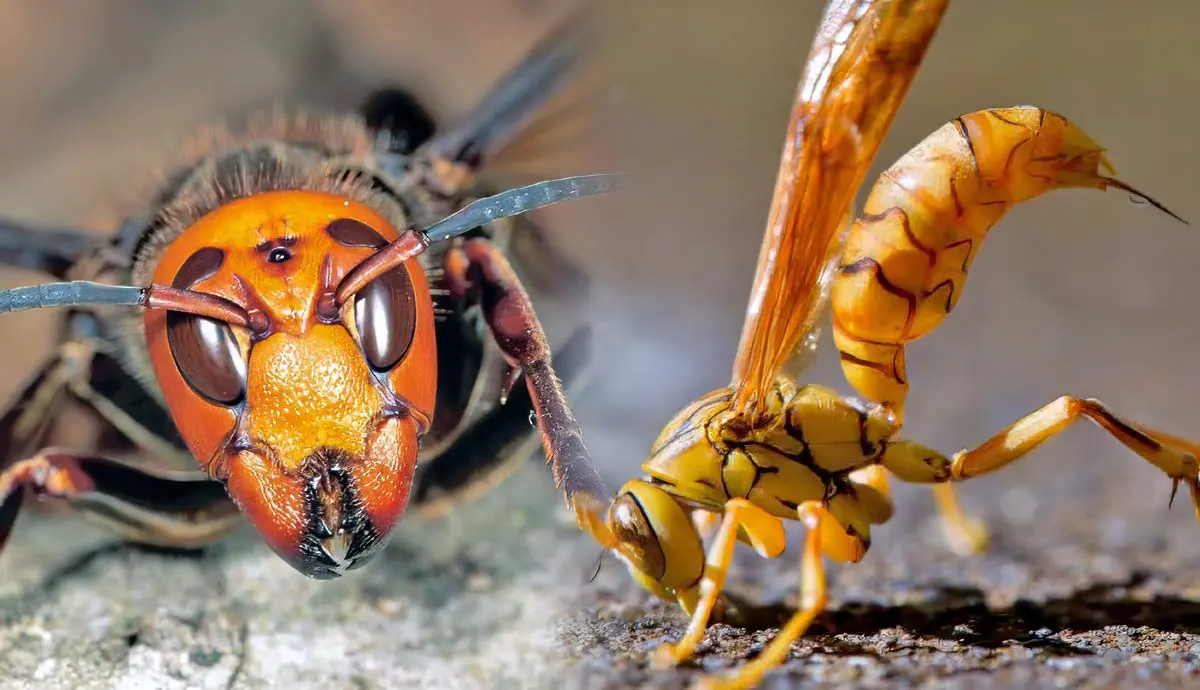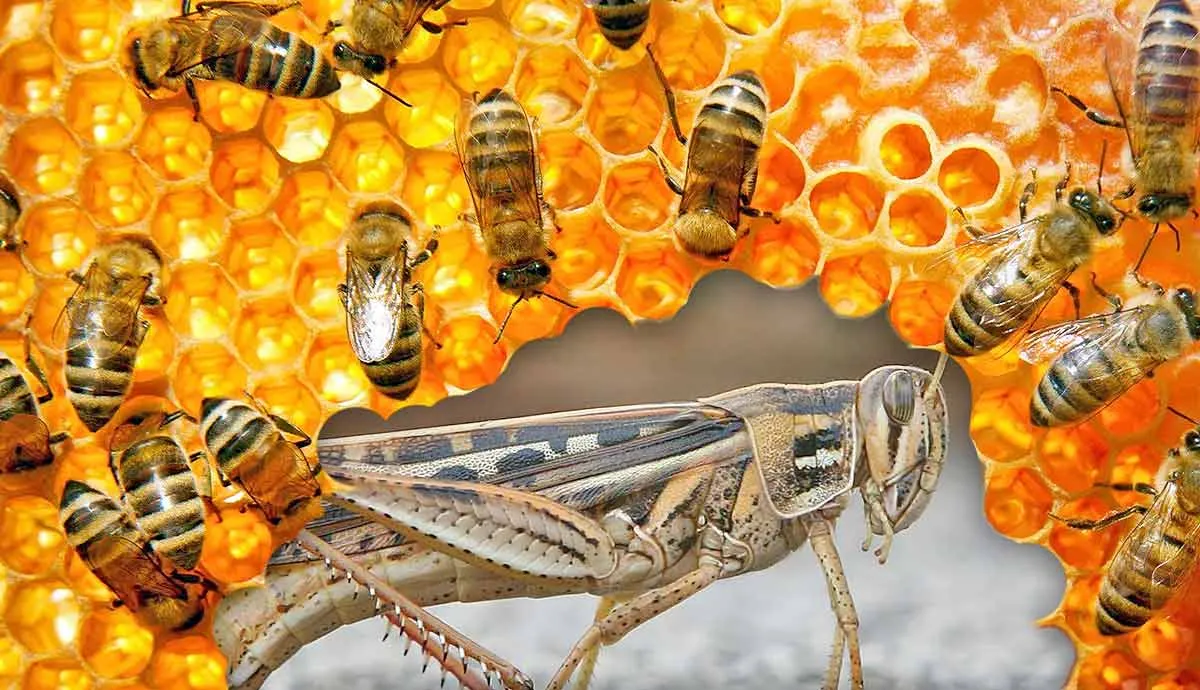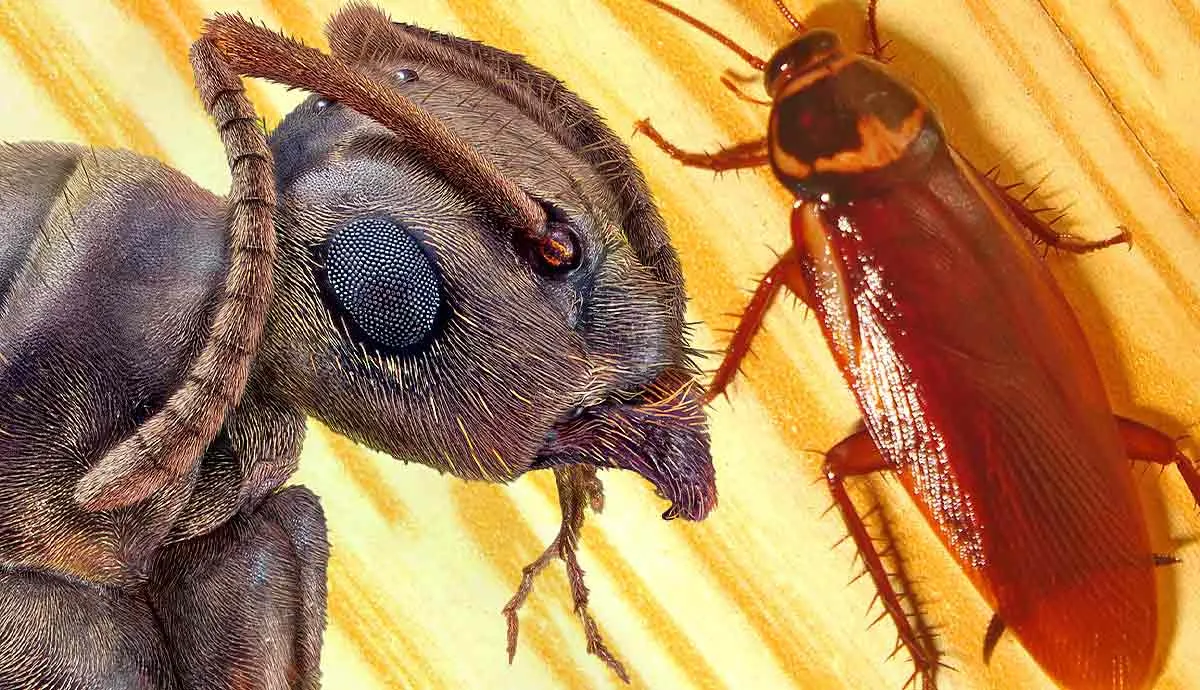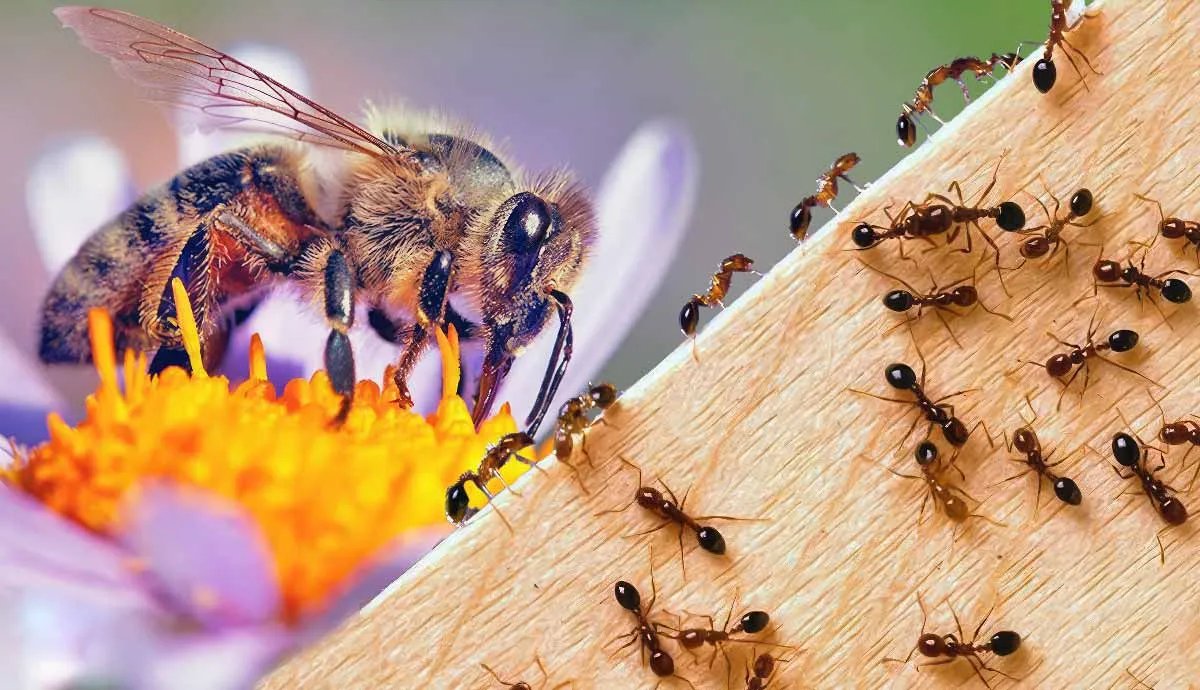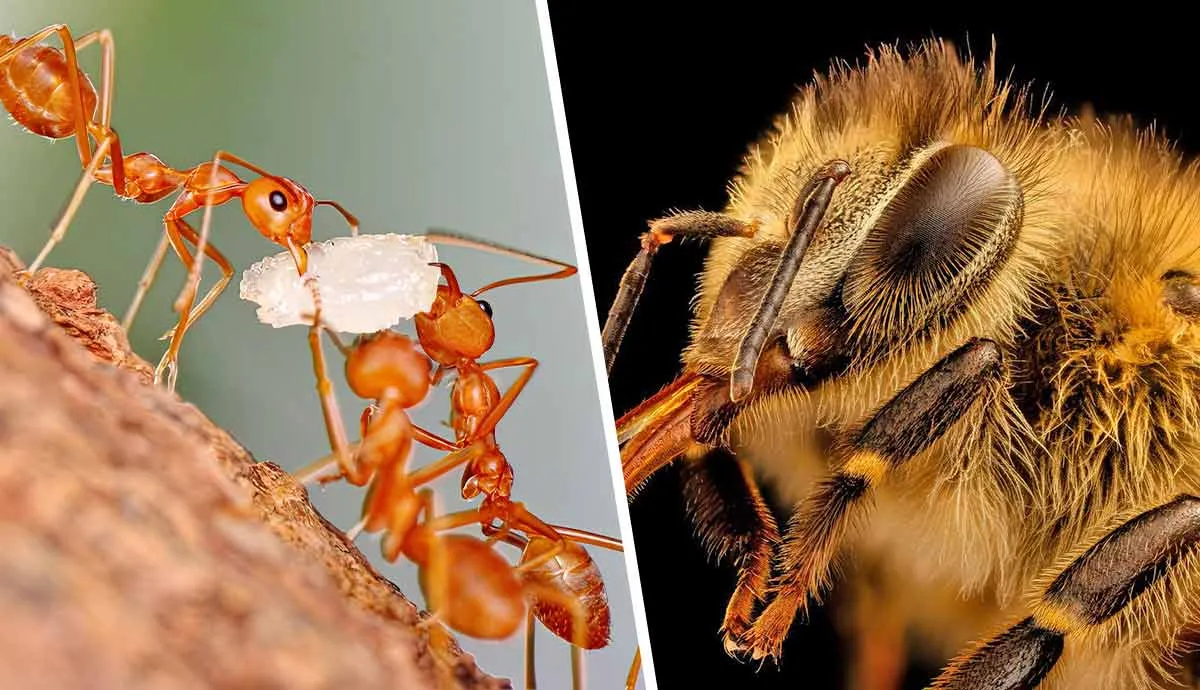Insects can be fascinating to watch and study, but you must be careful. Some come with a painful sting. These stings can cause swelling, intense pain, and in some cases, tissue necrosis.
Read on to find out which 5 insects have the most excruciating stings.
Executioner Wasp

This wasp got its name from the way it feeds on caterpillars. Although mostly nectarivores, the larvae of the executioner wasp require the protein from other insects to grow into an adult.
So, the parent wasps sting caterpillars and other insects with a painful injection of venom. Once the creature has died, they use their mandibles and tiny teeth to cut the insect into bite-sized bits for their young.
Executioner wasps are found mainly in South and Central America. They prefer warm, humid environments.
These yellow wasps are only about 3 centimeters long. They have black around their heads and reddish-brown stripes along their bodies. Although they do not fall onto Schmidt’s Sting Pain Index, which is considered an official evaluation of stings throughout the world, a YouTuber and wildlife educator purposefully got stung by one to evaluate its pain level.
According to Nathaniel “Coyote” Peterson, the executioner wasp was the “king of sting.” The venom of this wasp also causes tissue necrosis around the site of the sting. Although generally not aggressive, wasps can sting repeatedly if their territory is disturbed, so these insects are worth avoiding.
Bullet Ant
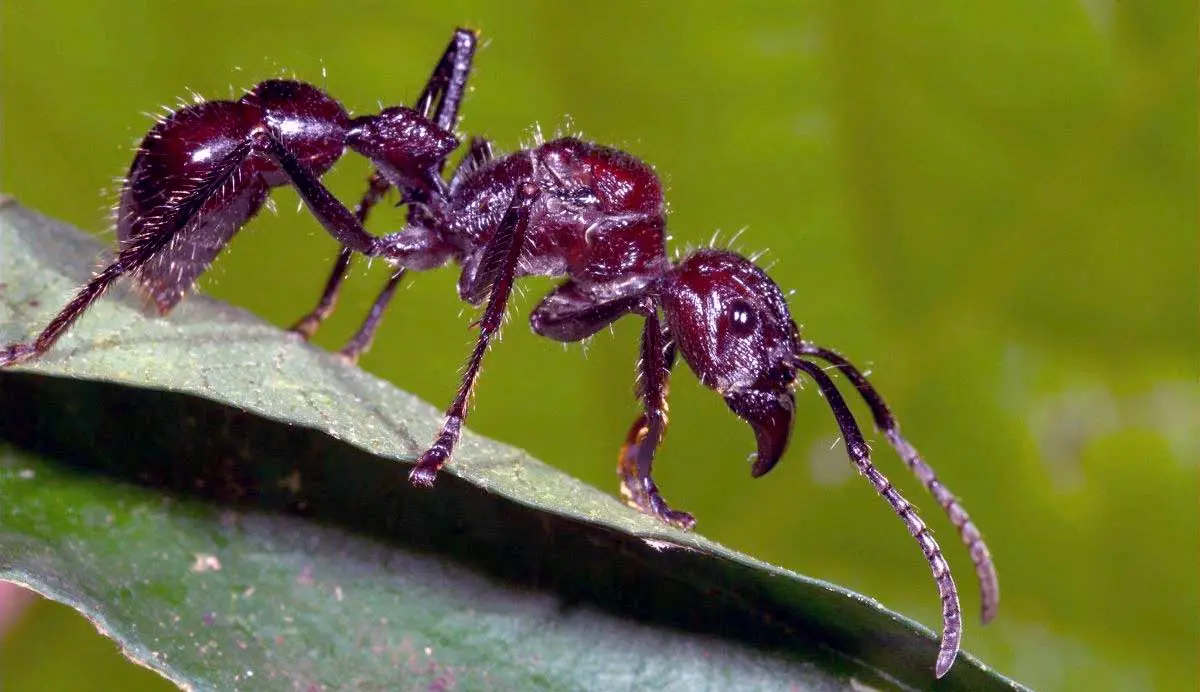
Ranked a level 4 on Schmidt’s Pain Scale, the bullet ant causes intense, terrible pain that lasts for around 24 hours. Those who have been stung by this ant claim the pain is similar to a bullet wound, hence the name.
These large, black ants can get to 1.2 inches long. They live in areas with tropical rainforests like Nicaragua, Bolivia, Peru, and Brazil. They build large colonies in burrows in the soil near trees. In Brazil, these painful ants are part of a coming-of-age ceremony for the Satere-Mawe people.
Young boys allow themselves to be stung by multiple bullet ants to transition to manhood. They must endure the stings without crying or calling out, so the ritual is repeated around 20 times over a month.
Asian Giant Hornet
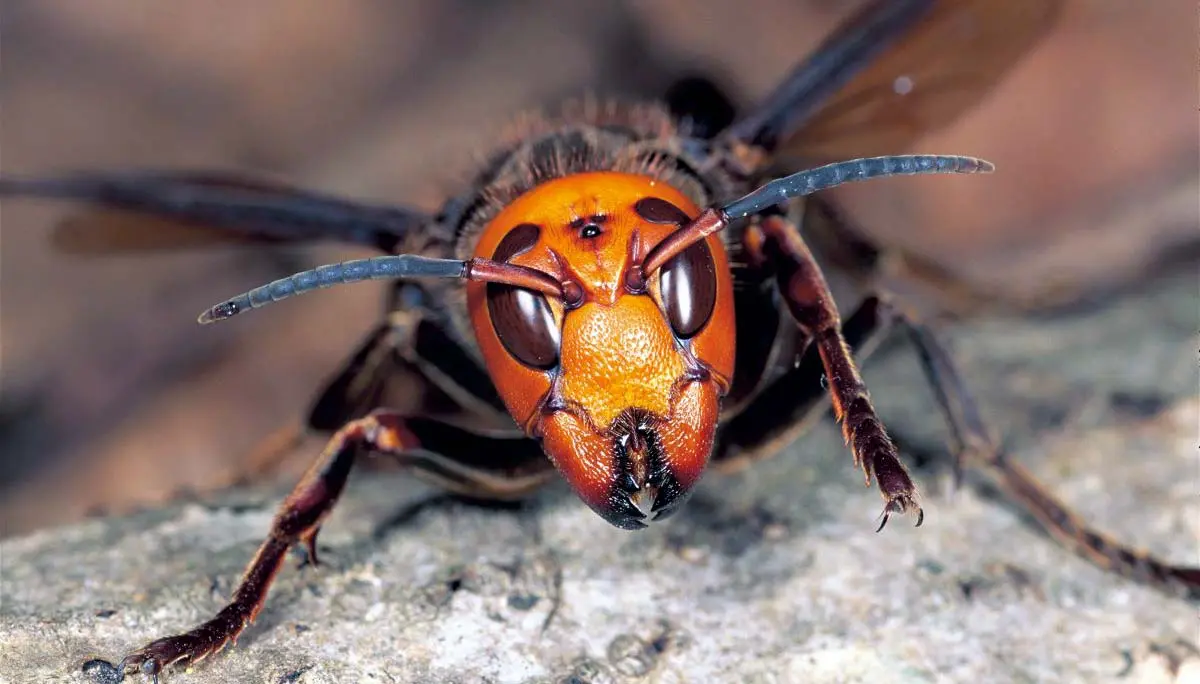
The Asian giant hornet, also sometimes called a Murder Hornet, is about 1 ½ inches long. They build their nests underground or in hollowed-out trees. They are native to Asia and are considered an invasive species in the Pacific Northwest of North America. However, there have been no sightings of these hornets since November 2022 in this region.
These hornets are yellow with brownish-red stripes. Stings from the Asian giant hornet can cause tissue damage. Nathaniel “Coyote” Peterson classified these hornets as the second most painful sting in the world. However, these hornets are not classified on the Schmidt Pain Scale. Peterson described the pain as “searing.” The arm that got stung became inflamed and the pain lasted around 6 hours.
Tarantula Hawk Wasp

The tarantula hawk wasp is an interesting species of wasp. There are 133 species of this wasp living on every continent in the world, except Antarctica. They are fearsome predators, but only when feeding their young.
When it is time to lay eggs, the tarantula hawk moth, typically a nectarivore, will hunt down an unsuspecting tarantula. Although the spider is much larger than the wasp, the wasp always wins the fight.
It injects the tarantula with a venom that contains a neurotoxin that paralyzes the arachnid. Then, the wasp drags the spider to an ideal location where it lays an egg in the spider’s abdomen. The spider remains alive but paralyzed as the tarantula hawk moth’s egg hatches, and then the young feeds on the tarantula.
This nightmarish scenario is only the start of this wasp’s immense power. On Schmidt’s Pain Scale, this sting is categorized as a 4 and is ranked as the second worst stinging insect on his scale. Yet, the pain is short-lived, only lasting about 5 minutes or so.
Warrior Wasp
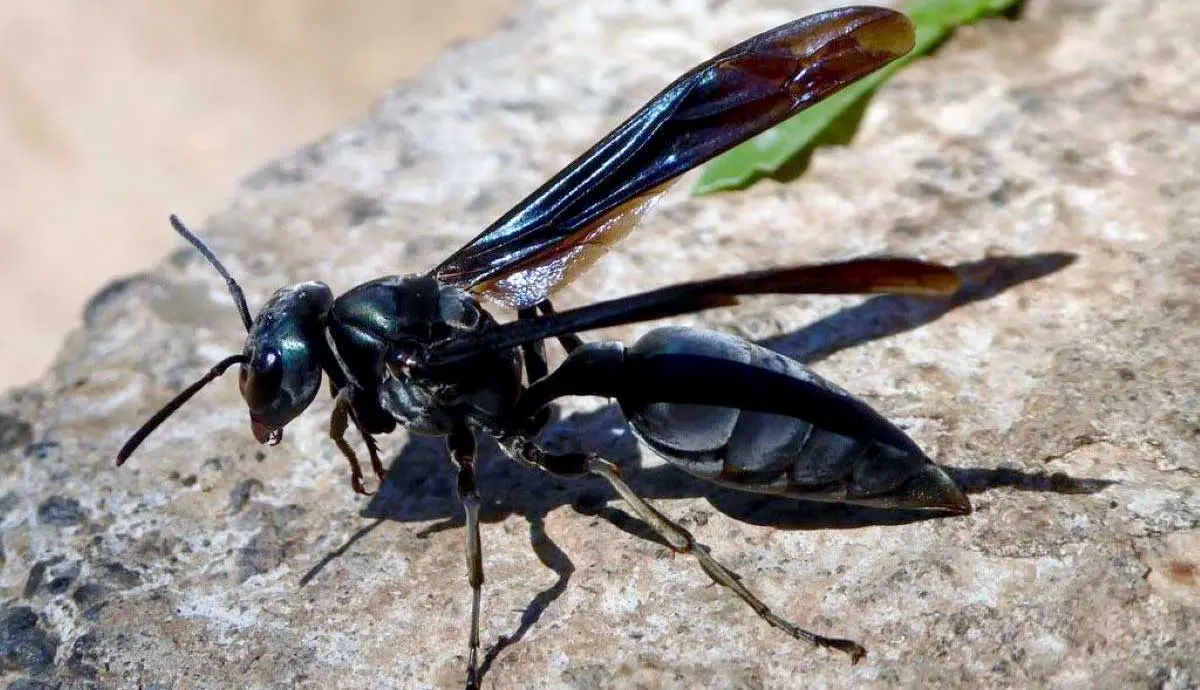
Found in the tropical forests of Central and South America, the warrior wasp is an aggressive wasp you definitely want to avoid. These wasps form swarms around their nests. To warn predators to stay away from their territory, they beat their wings. Then, they scrape their mandibles inside their armadillo-shaped nests to make a drumming sound.
If these warnings don’t suffice, the wasps will attack, stinging with venom, which is categorized by Schmidt’s Pain Scale to be a level 4. If you were to get stung by this wasp, it would pack a punch.
Scientists believe serotonin is released in the venom, causing your brain to falsely conclude that you have a gaping wound. In response, your body’s blood vessels constrict, and your body writhes in pain.
Conclusion

Wasps, hornets, and ants can cause some intense pain if you get stung by them. Whenever you get stung, it is important to ice the wound and take an antihistamine for the swelling. If you start to feel more intense symptoms that may be characteristic of an allergic reaction (such as anaphylaxis) be sure to inject your EpiPen, if you have one, and call 911 immediately.
